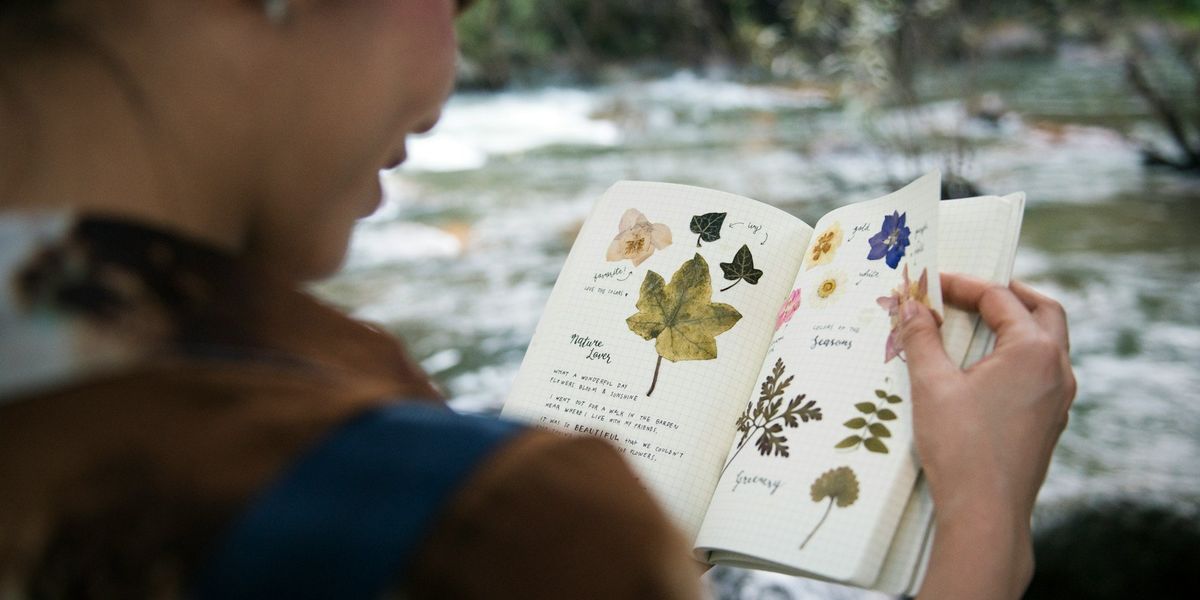
Maryland’s conservation streak shows how far a small state can go
Maryland just became the first U.S. state to meet the “30 by 30” conservation goal — six years early — and it's already aiming for 40% by 2040.
Cara Buckley reports for The New York Times.
In short:
- Maryland has permanently protected nearly 1.9 million acres of land from development, including forests, farms, and coastal areas vital for wildlife, carbon storage, and clean water.
- The state's success is credited to bipartisan cooperation, smart use of real estate tax funds, and coordination among government agencies, nonprofits, and military needs.
- Despite reaching the milestone, a recent $100 million cut to conservation funds due to budget shortfalls may slow progress toward Maryland’s new 40 by 40 goal.
Key quote:
“Being able to sequester carbon and mitigate climate impacts makes us more resilient in the face of climate change.”
— Josh Kurtz, secretary of the Maryland Department of Natural Resources
Why this matters:
As federal goals falter, states like Maryland show what’s possible when conservation and economic growth work hand in hand. More than preserving pretty places, Maryland's land protections encompass carbon sinks, wildlife habitats, natural water filters, and buffers against the intensifying wrath of climate change. What’s even more unusual is how they got here — not with grandstanding or greenwashing, but with something increasingly rare: bipartisan cooperation.
Read more:
Pollution is one of the top drivers of biodiversity loss. Why is no one talking about it at COP16?














